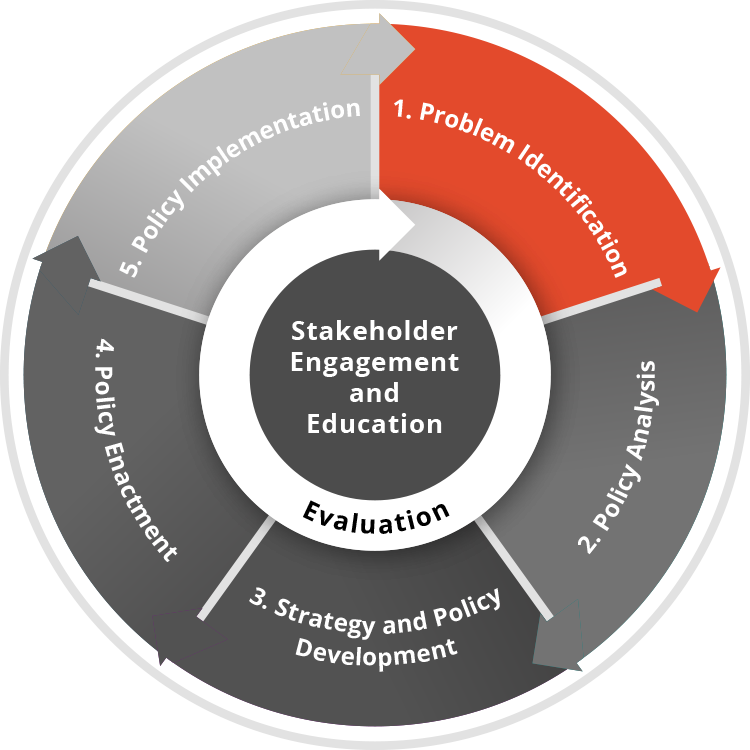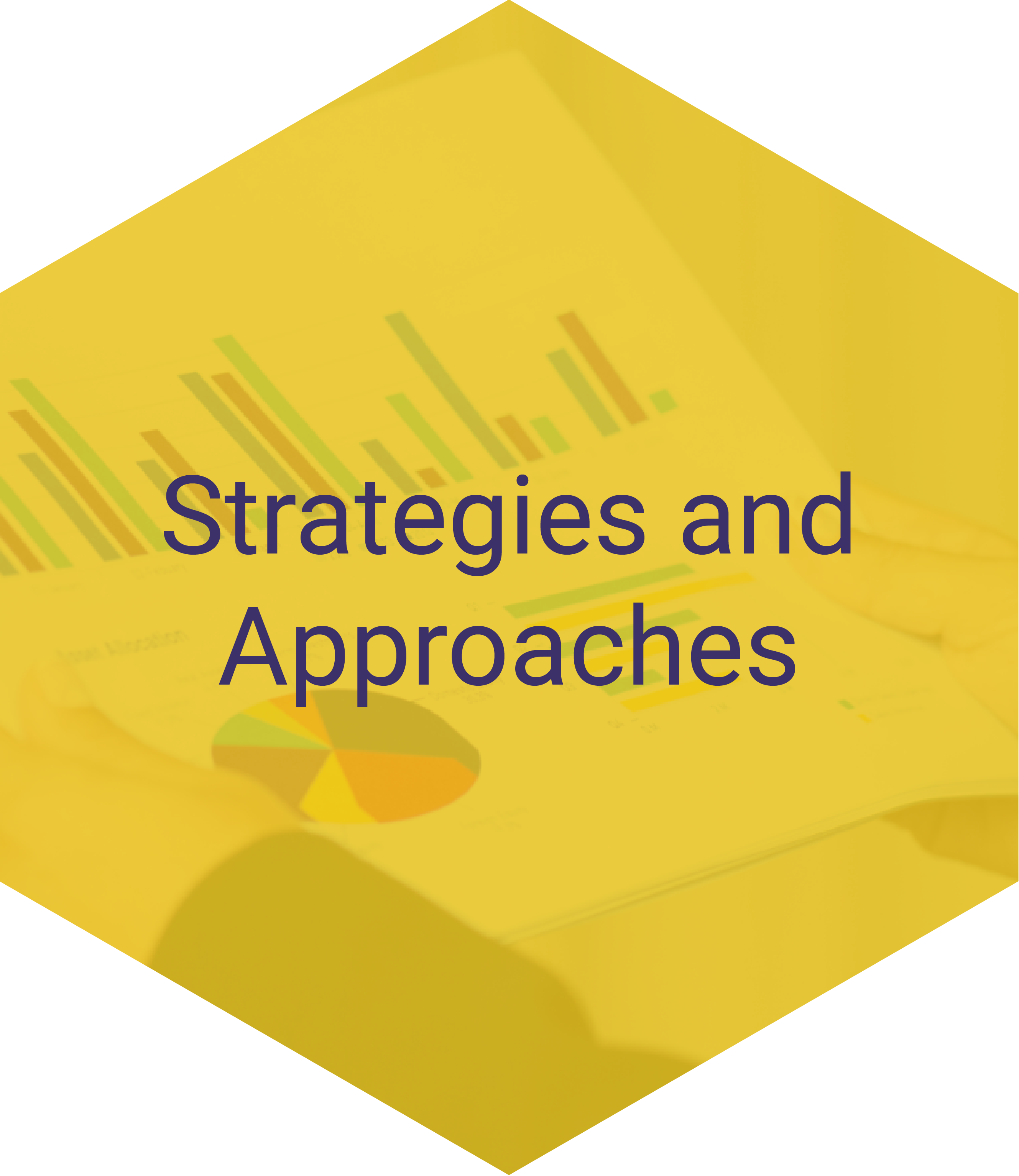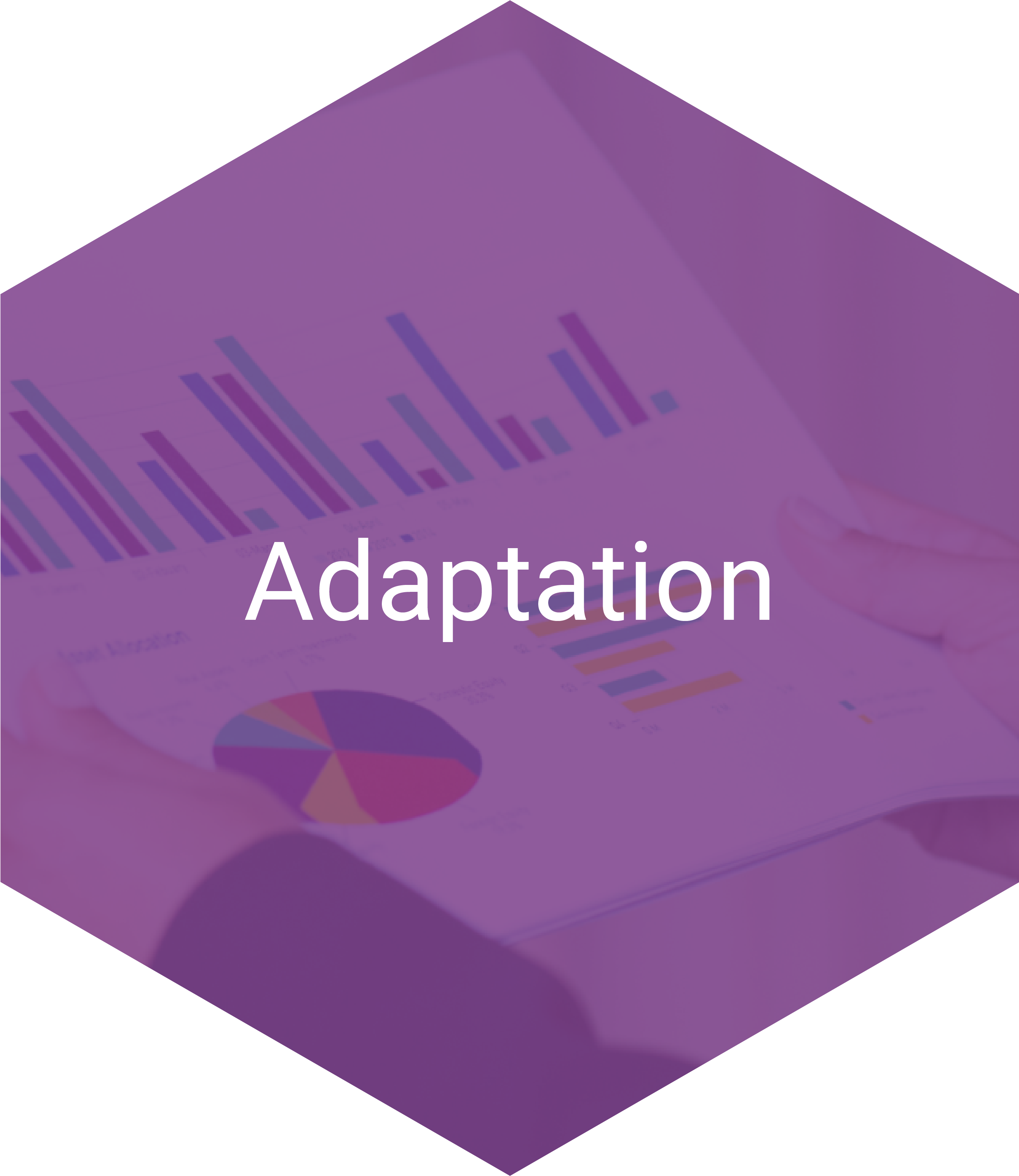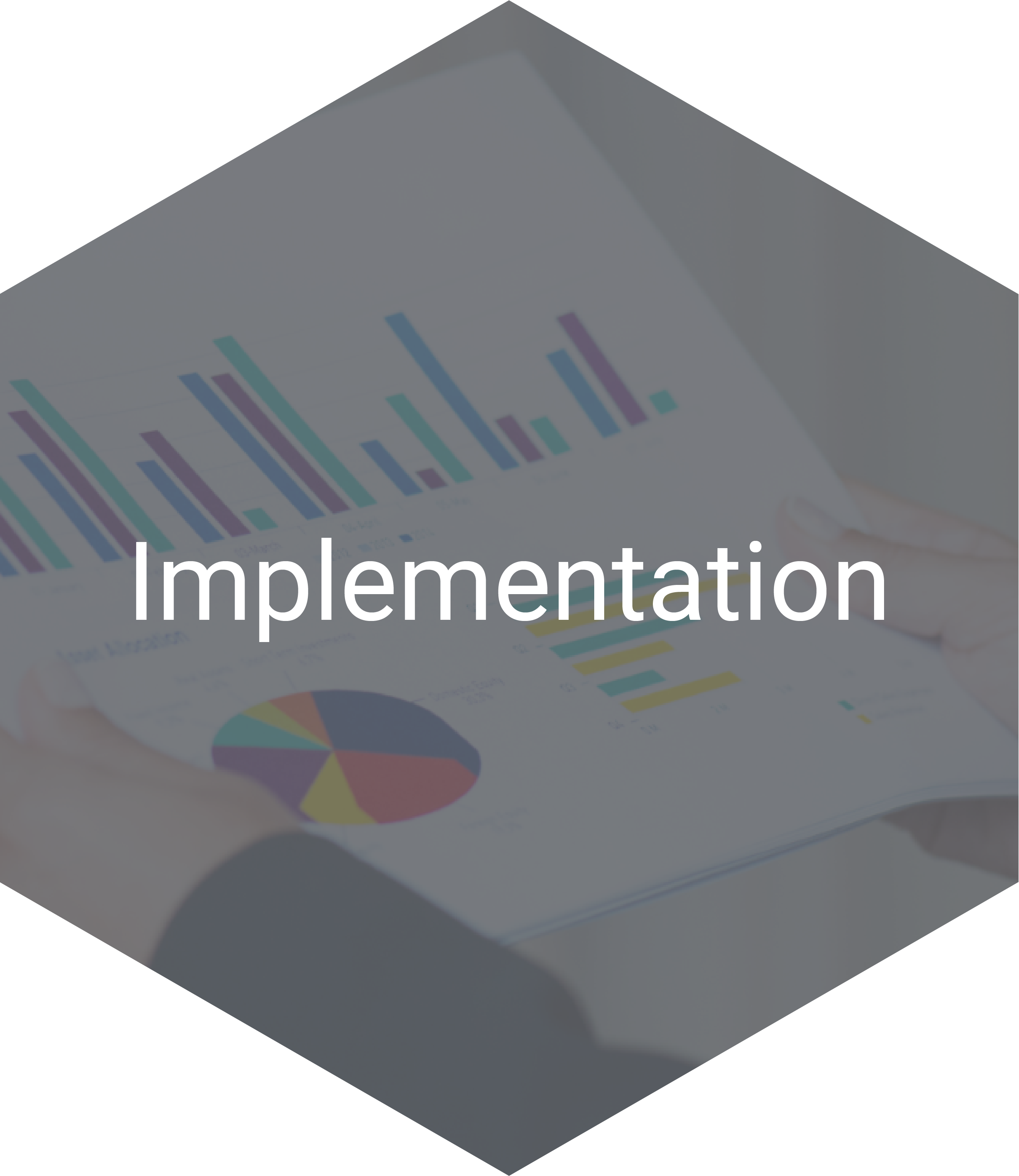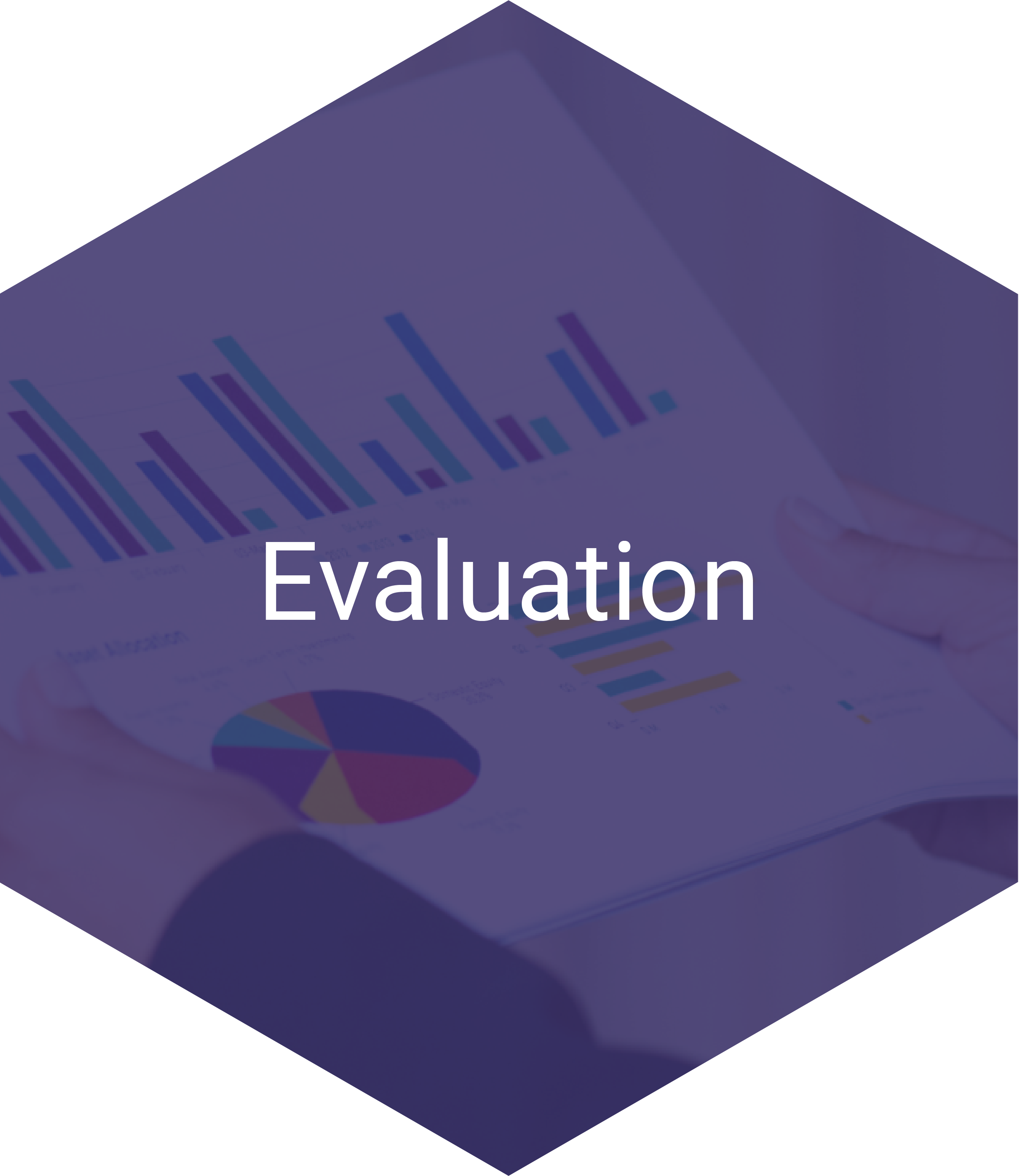Policy Efforts
reduce violence across communities and beyond

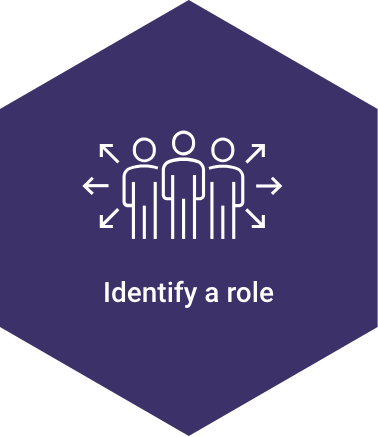


Policies are an important part of a comprehensive violence prevention plan. They can help create an environment that enables or reinforces programs and practices. Since policies have the potential to influence community- and societal conditions that increase or buffer against the risk for violence, having a comprehensive violence prevention plan that includes policy-oriented approaches is important for sustainable, upstream violence prevention. Violence prevention policies that focus on social and economic conditions help ensure that the benefits of violence prevention policies, practices, and programs extend to all segments of the population. A comprehensive approach can achieve greater reductions in violence over time.
Upstream policy efforts, or those that address the root causes of violence, are critical to improve the determinants of health that contribute to violence.
Action steps to support upstream policy efforts may include:
- Building awareness of the connection between social issues and violence with different audiences.
- Conducting research on the connection between social issues and violence and making the research accessible.
- Strengthening staff capacity to identify and focus on upstream factors across the agency’s programs, practices, and policy efforts.
- Understanding the priorities of local communities, partnering with them, and directing resources to support their priorities.
See “Identify a Role for Your Agency in the Policy Process” below for more ways to take action.
When you think "policy," be sure to consider procedures, administrative actions, incentives, and voluntary practices, whether they operate at the organizational, local, state, or national level. Policies are defined as binding, enforceable written statements that reflect the values and decisions of a group or organization. They can apply broadly to a geographic area, institution, physical space, or group of people. Types of policies include guidelines, principles, or methods created by government agencies, as well as organizational contracts, rules, or practices established within an agency or organization. Regulatory rules governing how to calculate eligibility for a benefit count as policies too.

 STORIES
STORIES RESOURCES
RESOURCES APPROACHES
APPROACHES CONTACT
CONTACT